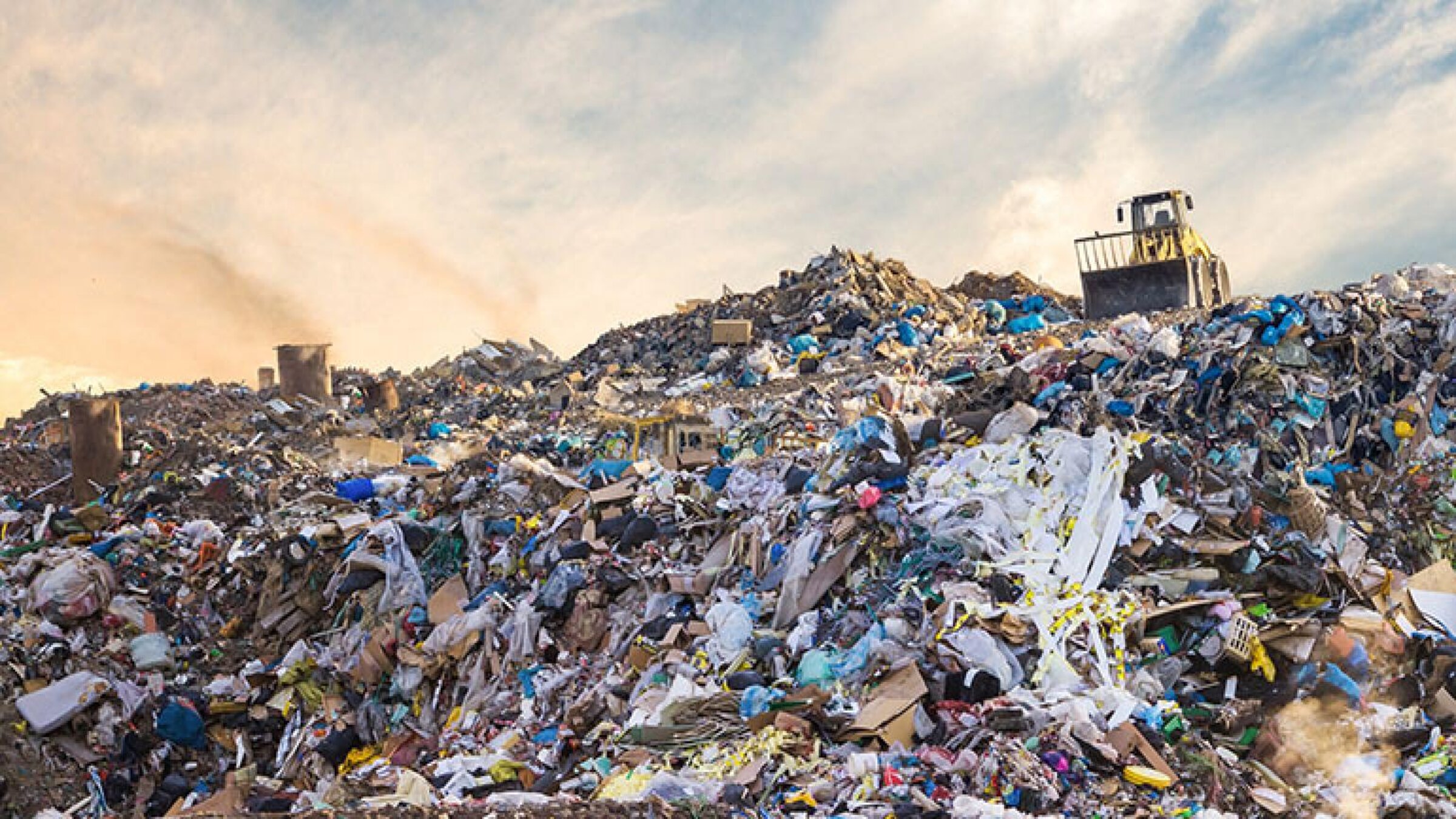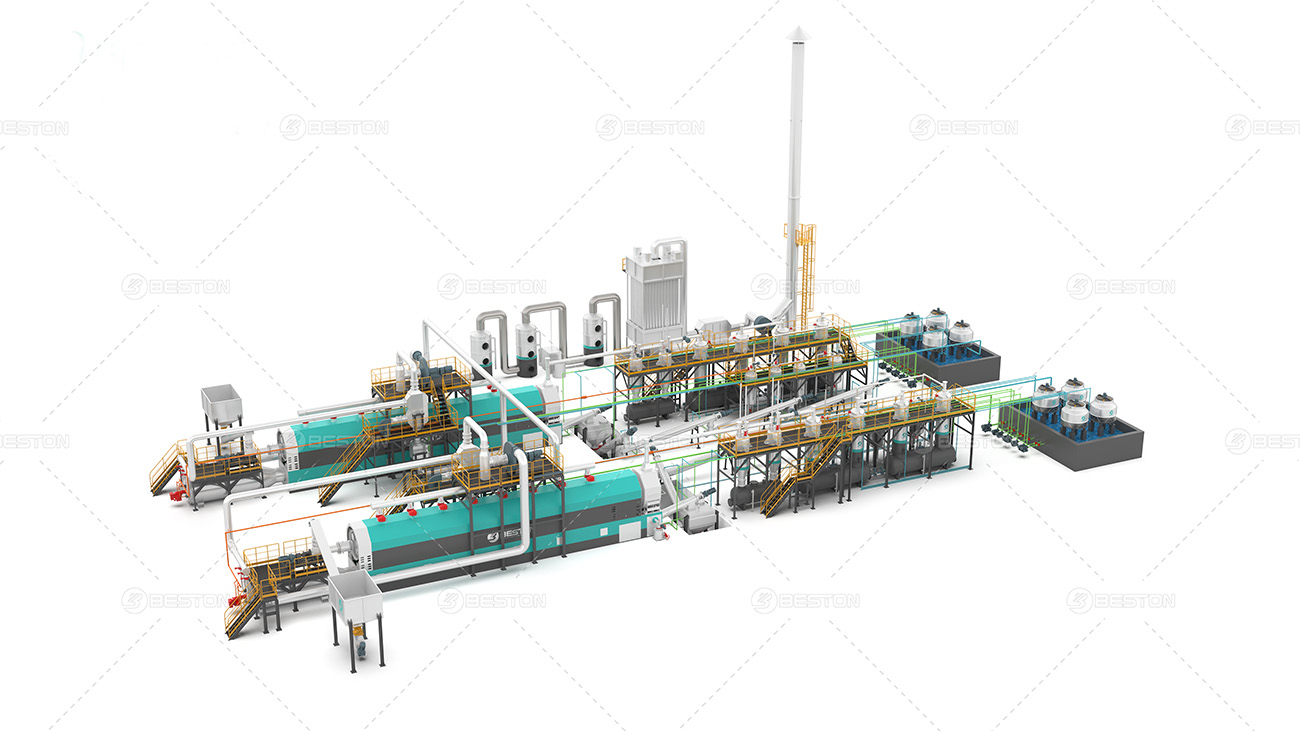In the realm of sustainable waste management, the spotlight is increasingly turning toward innovative solutions, and at the forefront of this movement are continuous plastic pyrolysis plants. These cutting-edge facilities are revolutionizing the way we handle plastic waste, offering a host of advantages that make them a compelling choice in the pursuit of environmental responsibility.
Understanding the Essence of Continuous Plastic Pyrolysis
To comprehend the significance of continuous plastic pyrolysis machine, one must delve into the intricate process they employ. Pyrolysis, at its core, is a thermal decomposition method that involves the transformation of plastic waste into valuable byproducts, such as oil, gas, and char. What sets continuous pyrolysis apart is its uninterrupted operation, allowing for a constant and efficient conversion of plastic materials.
The Inner Workings
Within the confines of a continuous plastic pyrolysis plant, plastic waste undergoes a meticulous journey. The material is fed into a reactor, where it encounters high temperatures in the absence of oxygen. This controlled environment triggers the breakdown of complex polymers into simpler hydrocarbons. The resultant products, including liquid fuel and gas, hold immense potential for various applications.
Advantages of Continuous Operation
The emphasis on continuity in pyrolysis machine is not arbitrary; it is a deliberate choice with manifold benefits.
Consistent Output
The uninterrupted nature of the process ensures a steady and consistent output of valuable end products. Unlike batch pyrolysis systems, where downtime between cycles is inevitable, continuous plants optimize resource utilization, making them highly efficient.
Energy Efficiency
Continuous operation maximizes energy efficiency. The plant maintains a consistent temperature, reducing the need for frequent heating and cooling cycles. This translates into lower energy consumption, a critical factor in sustainable industrial practices.
The Environmental Imperative
The choice to invest in continuous pyrolysis machine is grounded in a commitment to address the environmental challenges posed by plastic waste.
Reducing Landfill Burden
Plastic waste has long been a persistent burden on landfills, contributing to environmental degradation. Continuous pyrolysis offers a viable alternative by diverting plastic from landfills and converting it into valuable resources.
Mitigating Greenhouse Gas Emissions
The conventional disposal of plastic, whether through incineration or landfilling, releases harmful greenhouse gases. Continuous pyrolysis mitigates this environmental impact by converting plastic into useful products without the release of significant emissions.

Economic Viability and Resource Recovery
Beyond environmental considerations, the adoption of continuous plastic pyrolysis plants makes economic sense, positioning it as a pragmatic choice for industries seeking sustainable solutions.
Resource Recovery
Continuous pyrolysis facilitates the recovery of valuable resources from plastic waste. The liquid fuel obtained from the process can serve as a substitute for conventional fossil fuels, contributing to resource diversification.
Job Creation and Industry Growth
The establishment and operation of continuous pyrolysis plants contribute to job creation within the recycling industry. As these plants become integral to the waste management landscape, they stimulate economic growth while fostering a culture of sustainability. Contact Beston Group for a more detailed ROI analysis.
Overcoming Challenges with Innovation
While continuous plastic pyrolysis plants present a promising avenue for sustainable waste management, challenges persist. Addressing these challenges requires ongoing innovation and a commitment to refining existing technologies.
Feedstock Variability
The composition of plastic waste is diverse, presenting challenges in maintaining optimal process conditions. Innovations in feedstock handling and reactor design are essential to accommodate this variability and ensure consistent performance.
Product Quality Optimization
Continuous pyrolysis aims not only for quantity but also for the quality of end products. Ongoing research and development are crucial to optimizing the refining processes and enhancing the value of the recovered products.
Future Prospects and Industry Integration
As the global community intensifies its focus on sustainable practices, the role of a fully continuous pyrolysis plant is set to expand.
Integration into Waste Management Systems
Governments and waste management authorities are recognizing the potential of continuous pyrolysis in alleviating the plastic waste crisis. Integrating these plants into broader waste management systems is a logical step toward comprehensive and sustainable solutions.
Technological Advancements
The evolution of technology will likely play a pivotal role in enhancing the efficiency and scalability of continuous pyrolysis. From automation to advanced monitoring systems, ongoing advancements will propel these plants into the forefront of modern waste management.
Conclusion: Paving the Way to a Sustainable Future
In the pursuit of a sustainable future, the choice to embrace continuous plastic pyrolysis plants represents a decisive step forward. These plants, with their continuous operation, environmental benefits, and economic viability, stand as beacons of innovation in the fight against plastic pollution. As industries and governments increasingly recognize the imperative of responsible waste management, the continuous pyrolysis paradigm is poised to shape the landscape of sustainability for years to come.